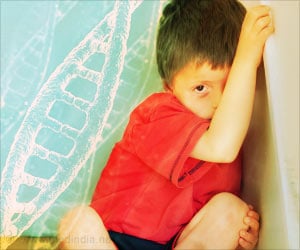
"What our study shows is that you cannot really talk about an autism epidemic, even though Denmark and other countries are currently experiencing a dramatic increase in the number of cases of autism spectrum disorders. We can see that a large part of the explanation lies in the huge changes in the area of diagnosis and registration which took place in the middle of the 1990s," says PhD student Stefan Nygaard Hansen from Aarhus University.
Focus on Two Changes
The researchers have specifically focused on a change in the diagnostic system used by psychiatrists. This change occurred in 1994 and meant that autism is today recognized as a whole spectrum of disorders. But it also included an alteration in the specific symptoms that form the basis of the autism diagnosis. The other important change took place in 1995 when the Danish national health registers began to include diagnoses made in connection with outpatient consultations. Before then, only diagnoses from hospital admissions were recorded.
Both changes have thus occurred after the period in which the persons incorporated in the study were born. This has made it possible to compare the number of diagnoses made before and after the alterations within the same birth cohorts. "Putting it simply, we can say that a person with an autism diagnosis has a slightly different symptom profile after the middle of the 1990s than previously, which is reflected in the statistics," says Stefan Nygaard Hansen.
"But even though we have now shown that a large part of the increase among the Danish population is due to changes in diagnostic and registration systems, it is still important to point to the forty 40 percent of the increase which we cannot explain. We therefore need to continue to look for the factors which can explain this," says Professor Erik Parner, Aarhus University.
Advertisement












